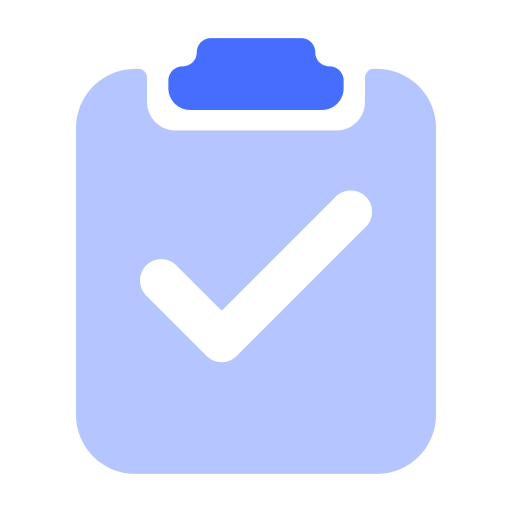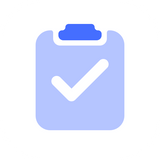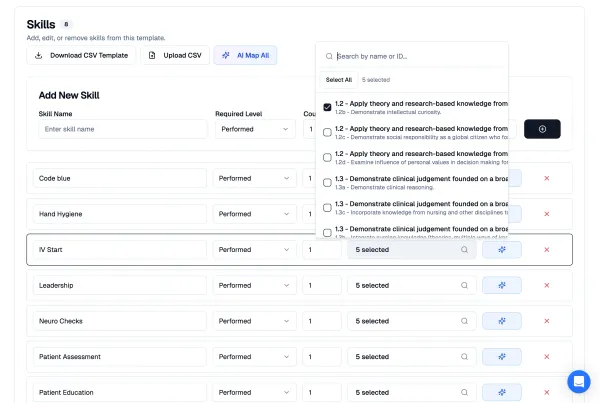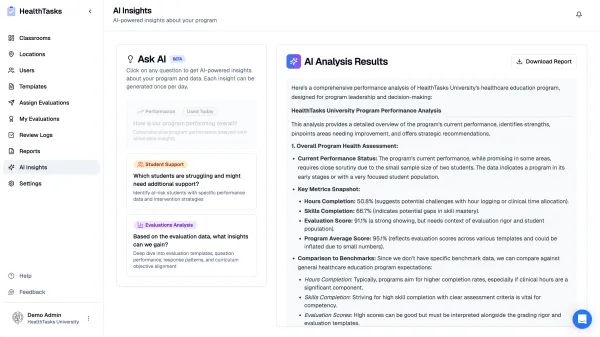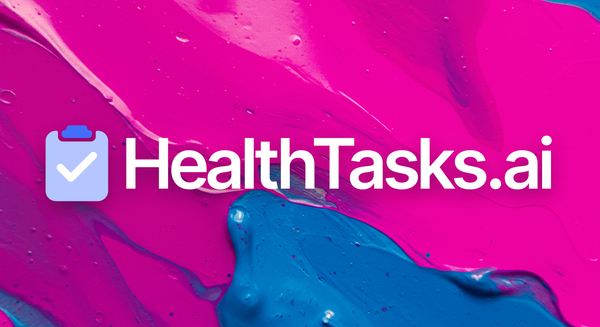Enhancing Nursing Education Through Curriculum Mapping
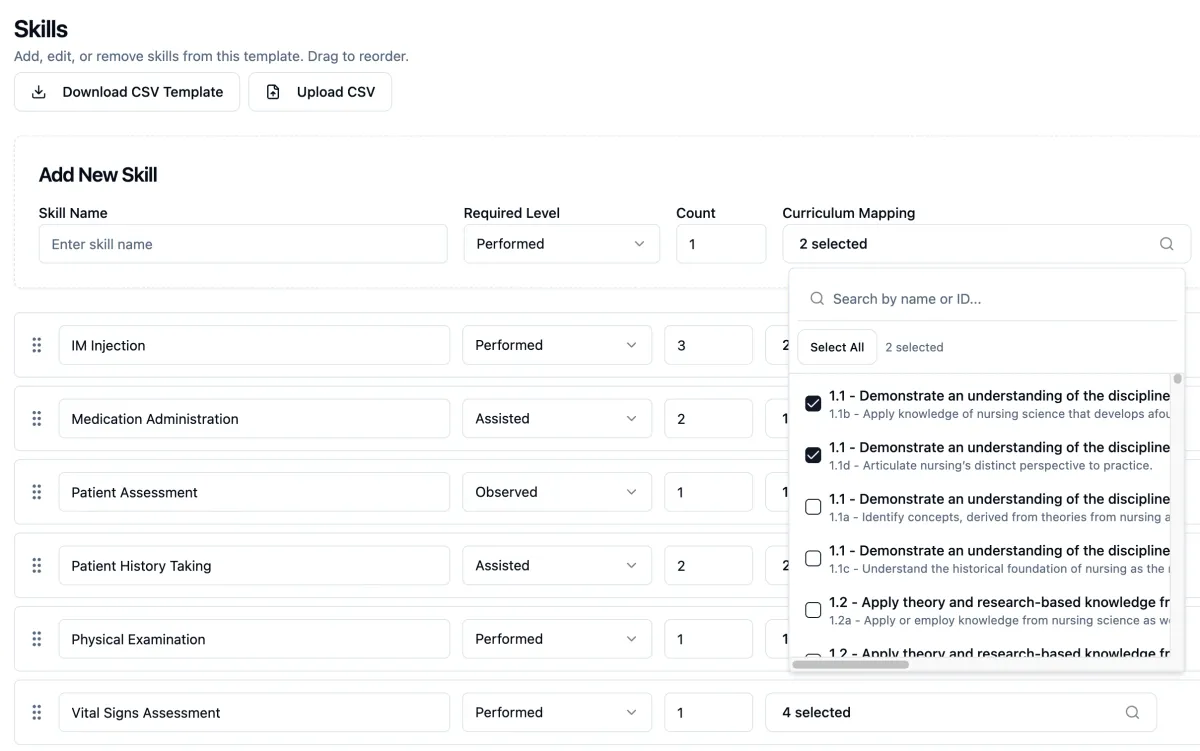
Nursing educators are continually challenged to bridge the gap between classroom learning and clinical practice, and curriculum mapping has become a powerful tool to streamline this transition, allowing educators to align course objectives with essential skills and competencies. Paired with electronic clinical tracking systems (ECTS) like NurseTasks, curriculum mapping not only improves educational outcomes but also provides students with the hands-on experience they need to excel in clinical settings. In this article, we explore the benefits of curriculum mapping in nursing education and how NurseTasks supports these efforts with data-driven insights and practical applications.
What Is Curriculum Mapping in Nursing Education?
Curriculum mapping is the process of structuring an academic program to align learning objectives, competencies, and assessments with real-world skills. For nursing educators, this involves linking theoretical knowledge with clinical competencies essential for practice, ensuring that every part of the curriculum is purposeful and interconnected.
Using a curriculum map, educators can:
- Identify overlaps and gaps in content across courses,
- Ensure consistency in educational standards, and
- Align program outcomes with industry standards, such as those set by the American Association of Colleges of Nursing (AACN) or the National Council of State Boards of Nursing (NCSBN).
The Role of Electronic Clinical Tracking Systems in Curriculum Mapping
An electronic clinical tracking system (ECTS) like NurseTasks takes curriculum mapping one step further, transforming mapped competencies into actionable, trackable clinical tasks. NurseTasks allows nursing educators to set specific clinical goals, track student progress in real-time, and assess individual competencies as students complete shifts and tasks in clinical settings.
Benefits of Curriculum Mapping
- Objective Tracking of Student Progress
NurseTasks records students' clinical experiences and skill mastery, allowing educators to correlate these metrics with curriculum goals. Instead of relying on anecdotal feedback, educators receive objective, data-driven insights that reflect students’ actual learning experiences. - Real-Time Skill Assessment
With features like real-time skills logging, NurseTasks enables students to log performed tasks immediately, ensuring that every skill—whether vital sign measurement, medication administration, or patient handoff—is documented and counted towards their clinical requirements. - Alignment with Accreditation Standards
ECTS platforms simplify the process of demonstrating compliance with accreditation bodies. NurseTasks, for instance, allows educators to generate comprehensive reports for accrediting organizations, showcasing how each student meets specified competencies in alignment with curriculum maps. - Enhanced Communication and Collaboration
NurseTasks' collaborative features, such as team communication tools and patient handoff functionalities, improve the transition between shifts and ensure students are prepared for continuity of care. These tools also enhance learning as students can exchange knowledge and receive feedback from multiple supervisors. - Flexible and Customizable Competency Mapping
Not all nursing programs follow the same competency framework, and NurseTasks offers the flexibility to customize tracked skills, procedures, and patient care tasks to match specific curriculum goals. This adaptability ensures that NurseTasks fits seamlessly into any program, regardless of curriculum structure or accreditation needs.
Implementing Curriculum Mapping
Integrating an ECTS platform like NurseTasks into a nursing program’s curriculum map involves a few key steps:
- Define Core Competencies and Goals
Begin by outlining the essential skills, tasks, and competencies that align with your curriculum's learning objectives. These should include both foundational skills (e.g., basic patient care) and advanced competencies (e.g., patient assessment and clinical decision-making). - Set Up Tracking and Reporting
Use NurseTasks to create a digital map that tracks each student’s progress across competencies. The platform's reporting tools make it easy to assess whether students are meeting specific goals, providing educators with detailed data on each student's achievements. - Encourage Continuous Reflection and Feedback
With features like student self-reflection and educator feedback, NurseTasks promotes ongoing assessment, enabling students to reflect on their learning experiences and adjust their focus areas based on instructor guidance. - Monitor and Adjust the Curriculum Map as Needed
Curriculum mapping is not a one-time process; it requires ongoing adjustments to reflect advances in healthcare, changes in accreditation standards, or feedback from faculty and students. NurseTasks supports this evolution by offering educators the ability to update tracked skills and competencies easily.
Curriculum mapping is vital for ensuring that nursing students graduate with the competencies required for successful, safe practice. ECTS platforms like NurseTasks amplify the benefits of curriculum mapping by providing real-time tracking, comprehensive reporting, and enhanced collaboration, making it easier for nursing educators to monitor and adjust learning experiences based on tangible, data-driven insights. Integrating NurseTasks into your nursing program will not only elevate student outcomes but also position your institution as a leader in preparing students for the demands of modern healthcare.
By leveraging tools like NurseTasks, nursing educators can confidently navigate the complex task of curriculum mapping, ultimately bridging classroom learning with clinical readiness and ensuring that every graduate is equipped for success.
